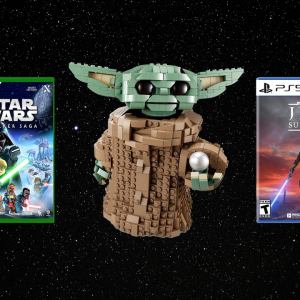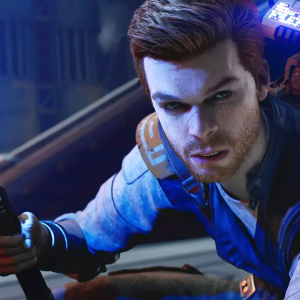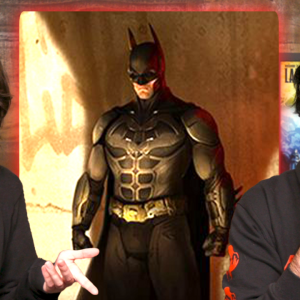Earlier this week, Twitch set the streaming world ablaze with new guidelines that heavily impacted how streamers could monetize their channels. The rules dictated things like how much space logos could take up on the screen, and whether or not these sponsorships could be permanently displayed on the screen at all. The outcry was immediate, and Twitch responded by suggesting that the rules were being misinterpreted because they were written vaguely. Now, a day later, the livestreaming platform is walking back the tweaks entirely.
Read More: Twitch’s New Ad Rules Are Very Bad For Streamers [Update]
In a Twitter thread, the livestreaming platform said that the guidelines were “bad for [streamers] and bad for Twitch,” announcing the intention of removing them immediately so that content creators can work with sponsors again. The changes, which put new levels of restrictions on what and how streamers collaborated with various brands, would’ve cratered content creators’ revenue.
“Yesterday, we released new Branded Content Guidelines that impacted your ability to work with sponsors to increase your income from streaming,” Twitch said. “These guidelines are bad for you and bad for Twitch, and we are removing them immediately. Sponsorships are critical to streamers’ growth and ability to earn income. We will not prevent your ability to enter into direct relationships with sponsors – you will continue to own and control your sponsorship business. We want to work with our community to create the best experience on Twitch, and to do that we need to be clear about what we’re doing and why we’re doing it. We appreciate your feedback and help in making this change.”
Prior to walking back the proposed changes, the now-former guidelines stipulated that branded logos could only take up three percent of the screen. Meanwhile, burned-in videos, prerecorded adverts and commercials embedded directly into a livestream via software such as OBS and Xsplit, were prohibited. Now, however, that all has changed, and streamers are free to do as they please, which is important considering ad and branded content are one of streamers’ main sources of revenue in the wake of Twitch’s abysmal 50/50 revenue split.
In Twitter DMs with Kotaku, Twitch reporter Zach Bussey explained that because of the frequent and disfavored changes the platform makes, streamers seem to be increasingly concerned over Twitch’s sustainability despite being one of the main platforms for content creators to build an active viewership.
“It hurts streamers, myself included, by limiting what we can do with our own streams,” Bussey said. “Monetization as a live creator is exceptionally hard as fan funding can be unreliable and comes at a heavy 50% cut and ad revenue is only significant once you have quadruple-digit viewership. The best bet for creators of all sizes is working with brands directly—but that also comes with an exchange of value, and banners/overlays/custom notifications all play a part in that. That was in the crosshairs with how broadly this was written.”
Bussey went on to say that while there’s lots of competition for content creators, including rival livestreaming platform Kick, none of them compare to Twitch.
“Kick, Rumble, [TikTok], YouTube, and other platforms are competing in that they offer livestreaming services, but none of them offer the kind of experience that Twitch streamers in general are looking for,” Bussey said. “To move to any other option requires sacrifice—and that already sounds like it’s accepting a worse option [overall]. KIck’s baggage is obvious, and lax moderation is not what Twitch creators want. Rumble feels a bit too much like people are going to question where you were on January 6. YouTube doesn’t seem to care about their livestreaming experience—chat’s not great, crossover culture between channels doesn’t exist, and it’s just more complicated [to work with] overall. Creators are looking for greener [pastures], which all the minor competitors offer, but the interior property damage is obvious from the outside.”
When reached for comment over email, a Twitch representative simply pointed Kotaku to the very same statement that the platform had shared on Twitter.
Read More: Stranger Things Twitch Streamer Dishes On Gamer Toxicity After FaZe Clan Fallout
This fiasco is transpiring after a long list of other misfires and bad press for Twitch, including a deepfake porn scandal that affected some of the platform’s biggest stars, an ongoing exodus of top talent, layoffs, and other unpopular platform changes, such as lackluster revenue splits that don’t favor creators.
Despite this, as of March 2023, Twitch chief product officer Tom Verrilli said “I don’t think there’s ever been a better time to start streaming on Twitch.”






-300x300.jpg)

![Helldivers 2 Boss Says Sorry After Game Gets Review-Bombed To Hell [Update: Steam Removes Game In Some Regions And Offers Refunds]](https://gamersroom.info/wp-content/uploads/2024/05/fefafdf5afc93fd68f18441aaf5017c6-300x300.jpg)















